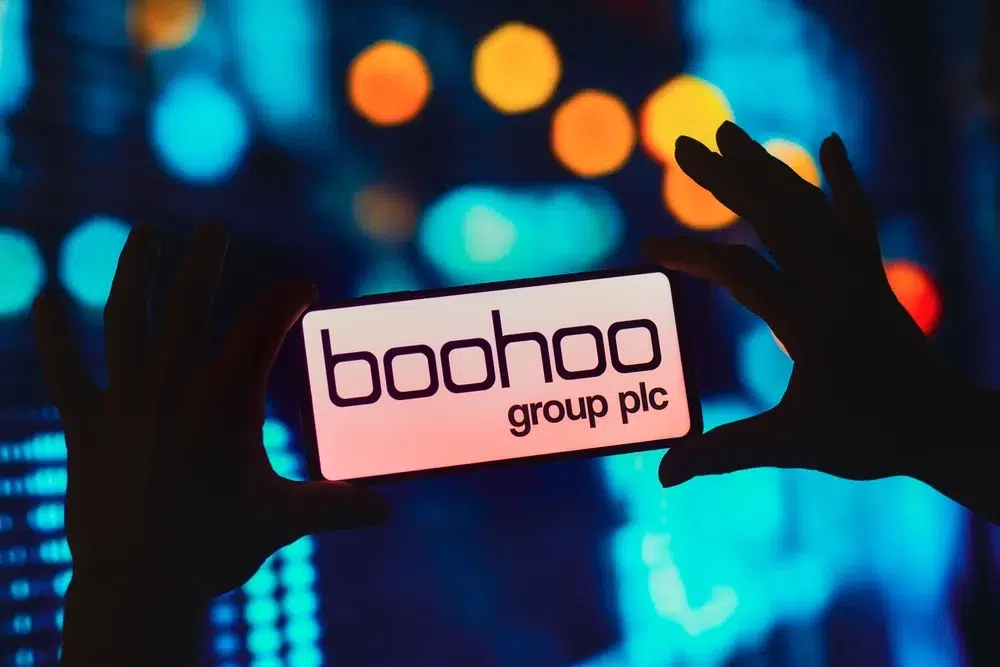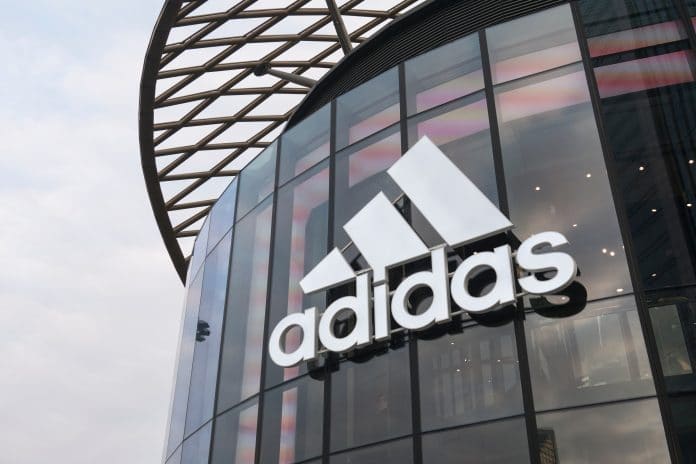Your ultimate goal at Kurt Geiger is to transform the physical stores into digital stores when it comes to data insight. Why should retailers take heed of that ambition?
It is imperative for a retailer to understand its customer interests and needs to ensure it offers the right set of products at the right price. In today’s physical store, we know what was sold and at best, who bought it when we recognise the customer. But with a conversion rate of 10 per cent, that means we are blind to the remaining 90 per cent of the action. This transformation will help us unveil that blind spot and gain visibility of our customers.
Tell us a bit about what you spoke about at the recent Manhattan Exchange event in London.
The presentation was about the roadmap we will undertake to reach the goal of omnichannel visibility. This comprises three key elements: upgrading our system to the best in class omnichannel platform, introducing automation and RFID into our logistics, and finally bringing those technologies to store which will allow us to draw a unique view of the customer across channels.
When it comes to in-store recognition, why is it important for retailers to capture the product and the customer?
What we sell and who buys the product are two of the most important data points for a retailer. By identifying customers who come in store as well as those who visit our online store, we can marry their digital behaviour with their in-store behaviour to better tailor their overall shopping experience.
Tell us a bit about your role as Logistics & Systems Infrastructure Director at Kurt Geiger.
My job is to manage the global logistics of the company and the systems supporting it, to ensure that products manufactured around the world are received into our warehouses on time and then distributed expediently and efficiently through our network of stores, concessions, franchise and wholesale partners, and online.
In what ways can the high-end retailers succeed in the UK’s challenging high street sector?
Success will be determined by those that best understand how customer interests and needs are evolving, and can accordingly design and supply a compelling offering. Ecommerce has significantly accelerated this cycle, bringing in new players and new ways of buying that can catch slower moving retailers off guard. Customers have access to an incredible amount of data – right at their fingertips, whether it is price comparison or customer reviews. Those that understand such dynamics and can leverage them to their favour will be the winners, and that is why building a unified view of the customer across channels becomes imperative for long term success.
How is Kurt Geiger addressing some of the challenges facing the wider UK retail industry?
We are working with Manhattan Associates to provide a best in class omnichannel experience for our customers. As a modern brand, we do not see the website and physical store as separate entities, so part of our strategy is to ensure that the customer experience aligns across all channels.
Tell us a bit about yourself personally, and your background before Kurt Geiger.
I have worked in the digital space for 18 years, spending the first eight in the US and Sweden building B2B web-based platforms used by large corporate clients to source contracts online through reverse auctions or online RFPs. I then joined Yoox in 2007 and was chief operating officer from 2012 to 2014, responsible for technology and operations globally. My B2C career continued in the UK as managing director of MedicAnimal, an online retailer of veterinary products and pet supplies serving over one million customers in Europe and the UK. Joining Kurt Geiger in 2016 has provided an opportunity to tie the digital and physical channels of our business into a truly omni-channel organisation.
What got you into the retail sector in the first place?
Yoox brought me to the world of retail, and I plan on continuing my career in this sector for the well-balanced and complementary role of online and offline. Physical stores are being pushed by new digital capabilities available to customers and online retailers are evolving as a result of mobile making traditional catalogue presentation unsuitable for such devices. Soon these worlds will merge on the same platform, as will organisations, and being part of this transformation is what makes the job exciting.
How has your previous experience aided your current job?
Having experience across a number of sectors in both the B2B and B2C worlds has provided me with a diverse and adaptable skill set that enables me to keep up with the fast-changing retail world. With my digital background, I feel I can use this experience to help Kurt Geiger develop its capabilities and offering across all channels.
What is the most challenging aspect of your job?
Whether it is logistics or systems, we build infrastructure for the future which requires significant planning and rigorous execution. Setting up a new warehouse, developing a new application, migrating to a new systems platform are all examples of projects that can take anywhere between six months to a year or more. Trade, on the contrary, has much shorter cycles and balancing long term objectives with short term requirements is the most challenging aspect of my job.
And the most rewarding?
It is so rewarding seeing it all come together and then experiencing the benefits of what transformational projects can deliver in terms of cost reduction, productivity improvement and performance enhancement.
What advice would you give someone who is considering embarking on a career in retail?
I would suggest focusing on building a good set of key skills which will be very useful throughout one’s career. For example, the ability to analyse and model data in an organised and structured manner, or synthesising and presenting results clearly and logically, or problem solving are all skills to develop and work on that become essential as one progresses into decision-making roles.
What would you say is the biggest risk for the retail sector, given the current climate?
That the investment in the store will not pay off. There has been a huge shift in the way that the store is perceived by retailers. With eyes on retailers seeking to create interactive show rooms as opposed to a traditional store, it is a huge risk for some organisations to take. Rising consumer expectations is also posing a huge challenge for retailers – if they cannot keep up with demands like faster shipping, wider product choice or more convenient delivery options, they could find themselves losing customers.


















